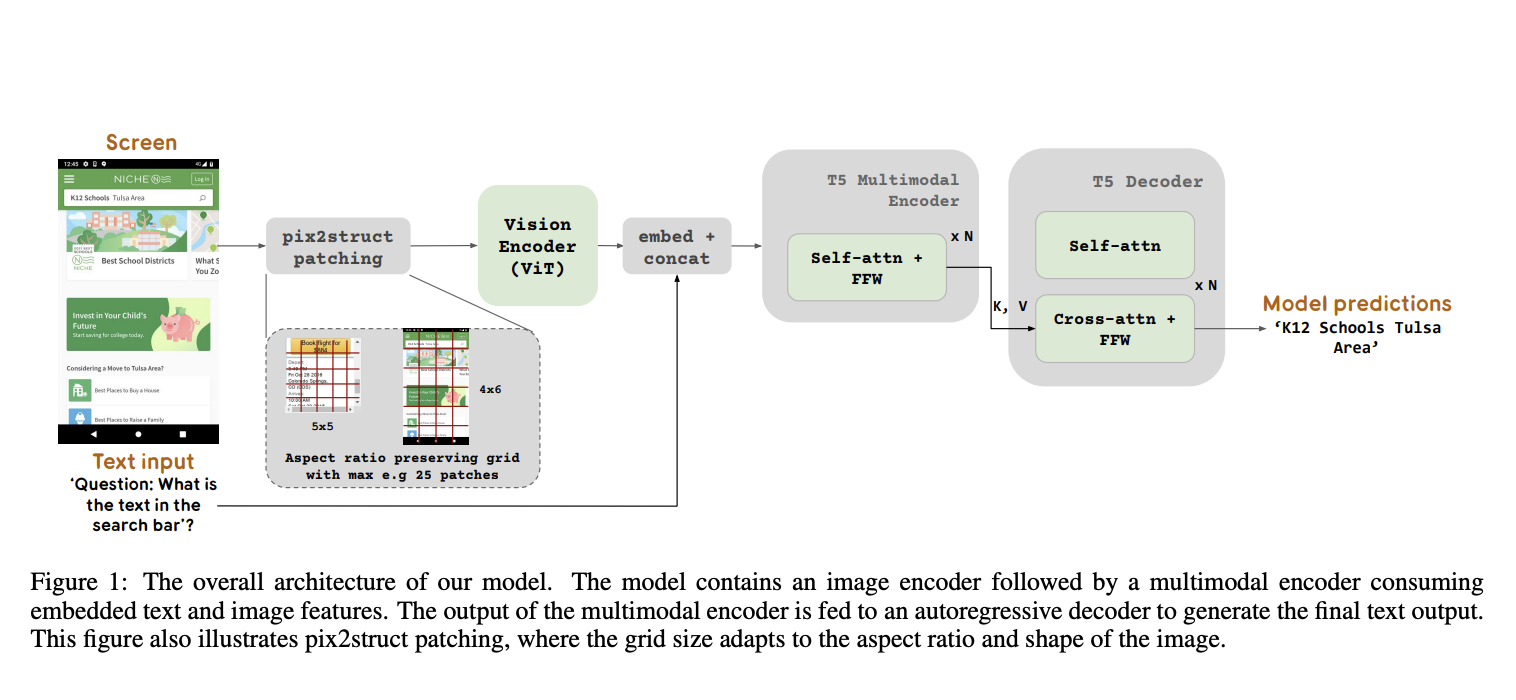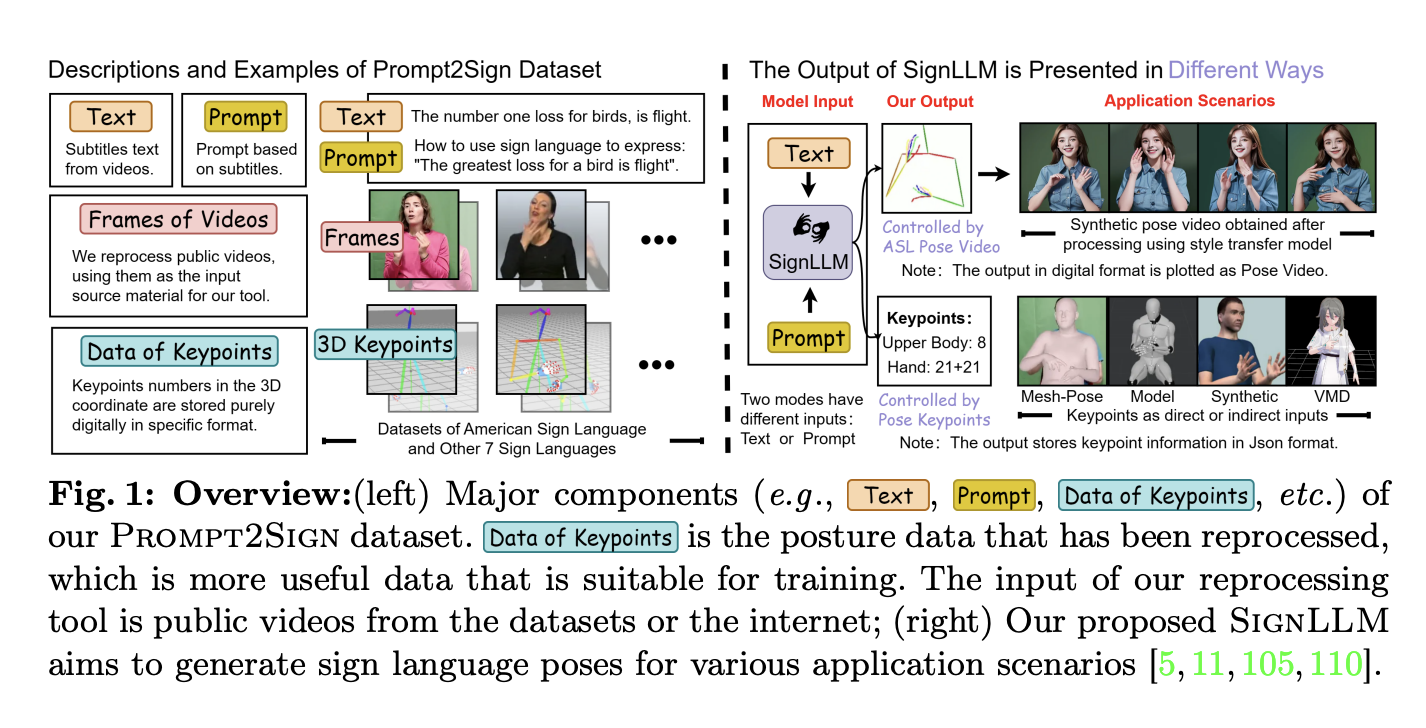Computer vision, one of the major areas of artificial intelligence, focuses on enabling machines to interpret and understand visual data. This field encompasses image recognition, object detection, and scene understanding. Researchers continuously strive to improve the accuracy and efficiency of neural networks to tackle these complex tasks effectively. Advanced architectures, particularly Convolutional Neural Networks (CNNs), play a crucial role in these advancements, enabling the processing of high-dimensional image data.
One major challenge in computer vision is the substantial computational resources required by traditional CNNs. These networks often rely on linear transformations and fixed activation functions to process visual data. While effective, this approach demands many parameters, leading to high computational costs and limiting scalability. Consequently, there’s a need for more efficient architectures that maintain high performance while reducing computational overhead.
Current methods in computer vision typically use CNNs, which have been successful due to their ability to capture spatial hierarchies in images. These networks apply linear transformations followed by non-linear activation functions, which help learn complex patterns. However, the significant parameter count in CNNs poses challenges, especially in resource-constrained environments. Researchers aim to find innovative solutions to optimize these networks, making them more efficient without compromising accuracy.
Researchers from Universidad de San Andrés introduced an innovative alternative called Convolutional Kolmogorov-Arnold Networks (Convolutional KANs). This novel approach integrates the non-linear activation functions from Kolmogorov-Arnold Networks (KANs) into convolutional layers, aiming to reduce the parameter count while maintaining high accuracy. Convolutional KANs offer a more flexible and adaptive method for learning complex data patterns by leveraging spline-based convolutional layers.
The researchers propose replacing fixed linear weights in traditional CNNs with learnable splines. This critical shift enhances the network’s ability to capture non-linear relationships in the data, leading to improved learning efficiency. The spline-based approach allows the network to adapt dynamically to various data patterns, reducing the required parameters and improving performance in specific tasks. The researchers believe this innovative method can significantly advance the optimization of neural network architectures in computer vision.
Convolutional KANs use a unique architecture where KAN convolutional layers replace convolutional layers. These layers employ B-splines, which can represent arbitrary activation functions smoothly. This flexibility allows the network to maintain high accuracy while using significantly fewer parameters than traditional CNNs. In addition to the innovative convolutional layers, the network architecture includes methods to handle grid extension and update issues, ensuring that the model remains effective across various input ranges.
The performance and results of Convolutional KANs were evaluated using the MNIST and Fashion-MNIST datasets. The researchers conducted extensive experiments to compare the accuracy and efficiency of Convolutional KANs with traditional CNNs. The results demonstrated that Convolutional KANs achieved comparable accuracy using approximately half the parameters. For instance, a Convolutional KAN model with around 90,000 parameters attained an accuracy of 98.90% on the MNIST dataset, slightly less than the 99.12% accuracy of a traditional CNN with 157,000 parameters. This significant reduction in parameter count highlights the efficiency of the proposed method.
Further analysis revealed that Convolutional KANs consistently maintained high performance across different configurations. In the Fashion-MNIST dataset, the models showed a similar trend. The KKAN (Small) model, with approximately 95,000 parameters, achieved an accuracy of 89.69%, close to the 90.14% accuracy of a CNN (Medium) with 160,000 parameters. These results not only underscore the potential of Convolutional KANs to optimize neural network architectures but also reassure about its ability to reduce computational costs without compromising accuracy.
In conclusion, the introduction of Convolutional Kolmogorov-Arnold Networks represents a significant advancement in neural network design for computer vision. By integrating learnable spline functions into convolutional layers, this approach addresses the challenges of high parameter counts and computational costs in traditional CNNs. The promising results from experiments on MNIST and Fashion-MNIST datasets not only validate the effectiveness of Convolutional KANs but also hint at a future where computer vision technologies can be advanced with a more efficient and flexible alternative to existing methods.
Check out the Paper. All credit for this research goes to the researchers of this project. Also, don’t forget to follow us on Twitter.
Join our Telegram Channel and LinkedIn Group.
If you like our work, you will love our newsletter..
Don’t Forget to join our 45k+ ML SubReddit
🚀 Create, edit, and augment tabular data with the first compound AI system, Gretel Navigator, now generally available! [Advertisement]
Nikhil is an intern consultant at Marktechpost. He is pursuing an integrated dual degree in Materials at the Indian Institute of Technology, Kharagpur. Nikhil is an AI/ML enthusiast who is always researching applications in fields like biomaterials and biomedical science. With a strong background in Material Science, he is exploring new advancements and creating opportunities to contribute.



